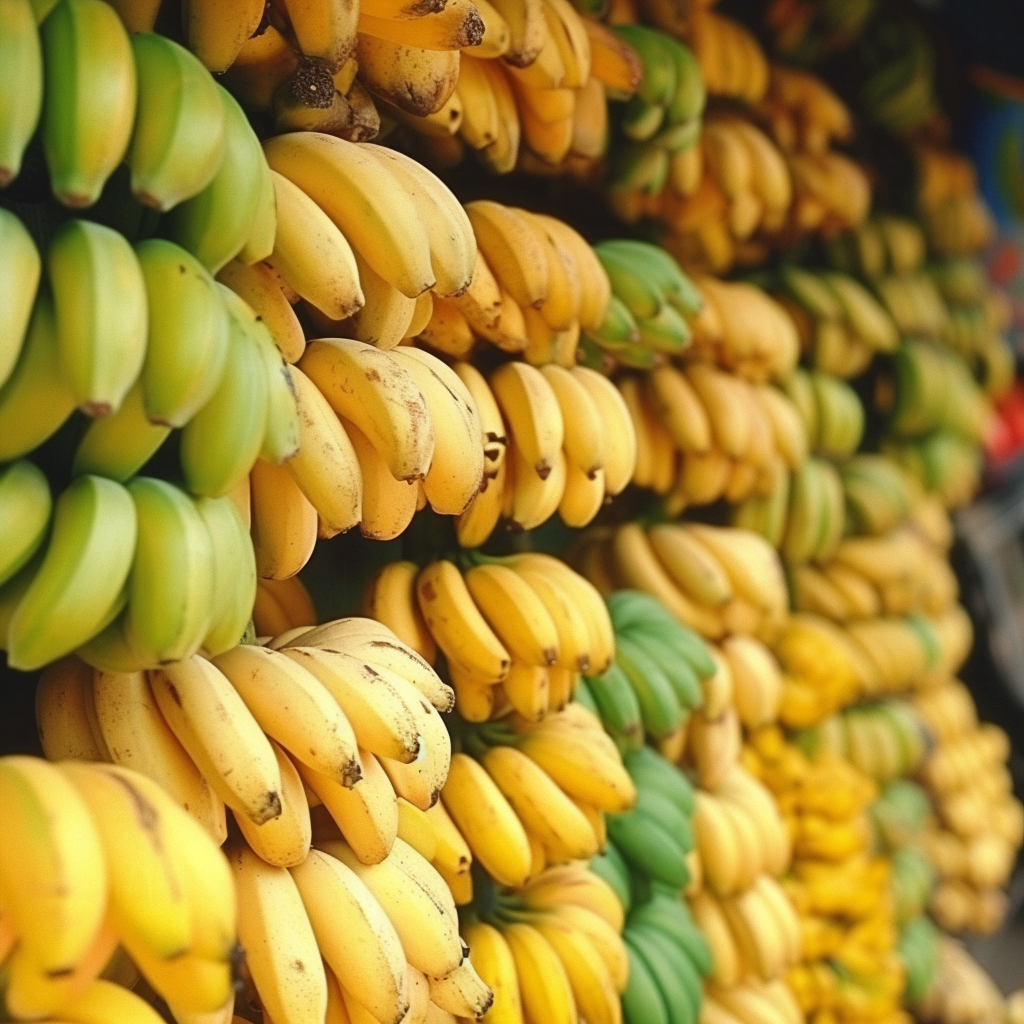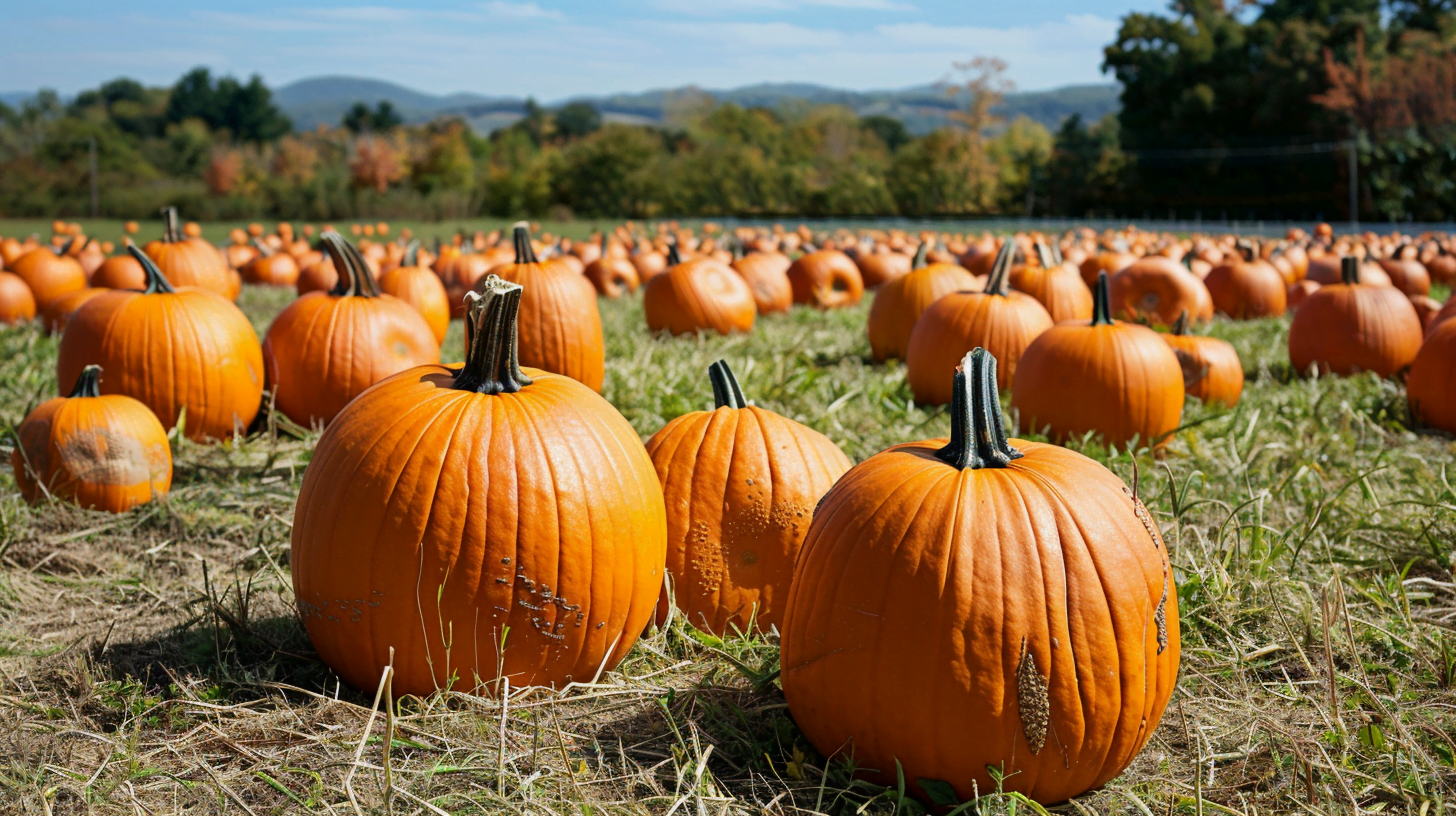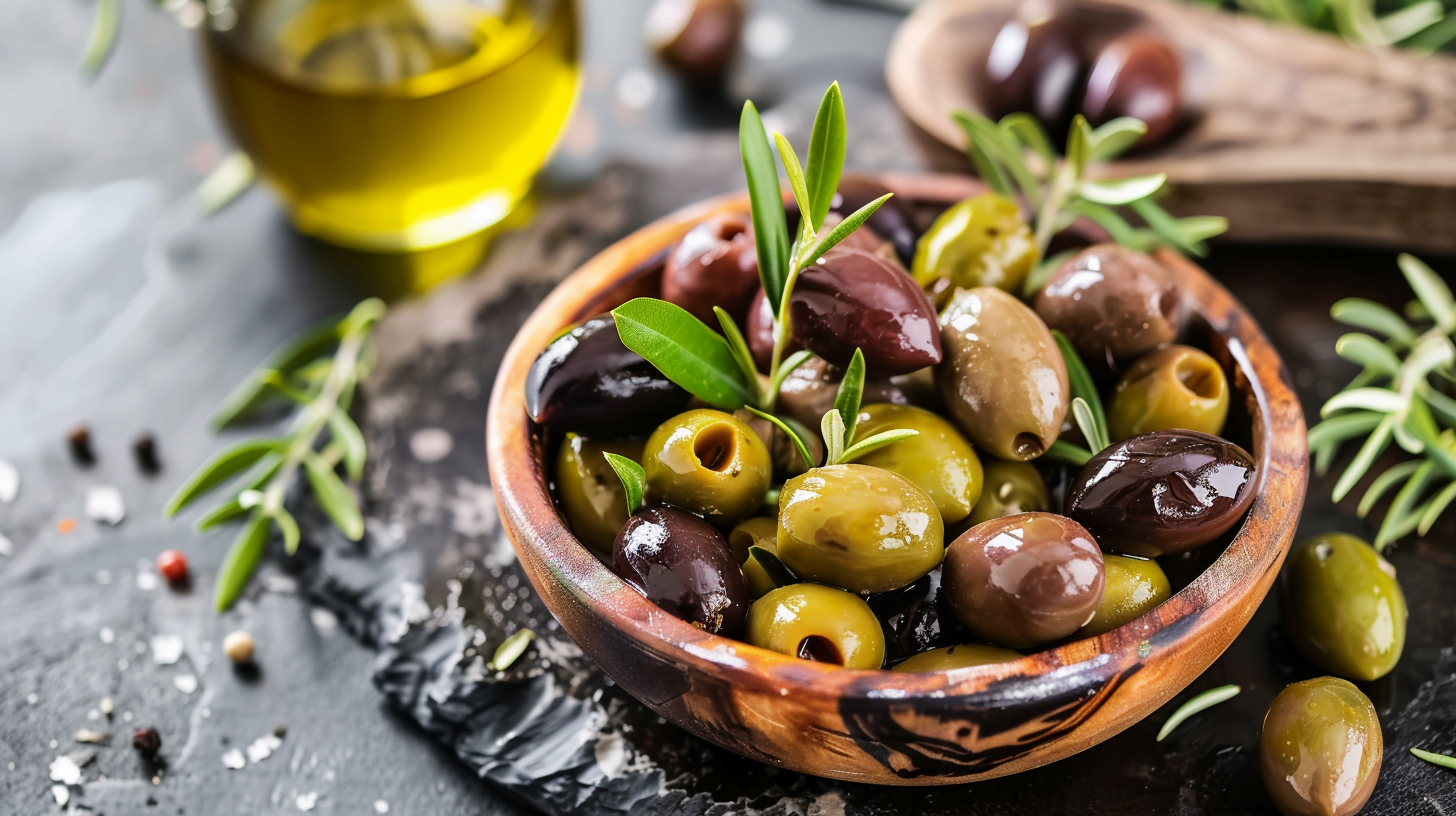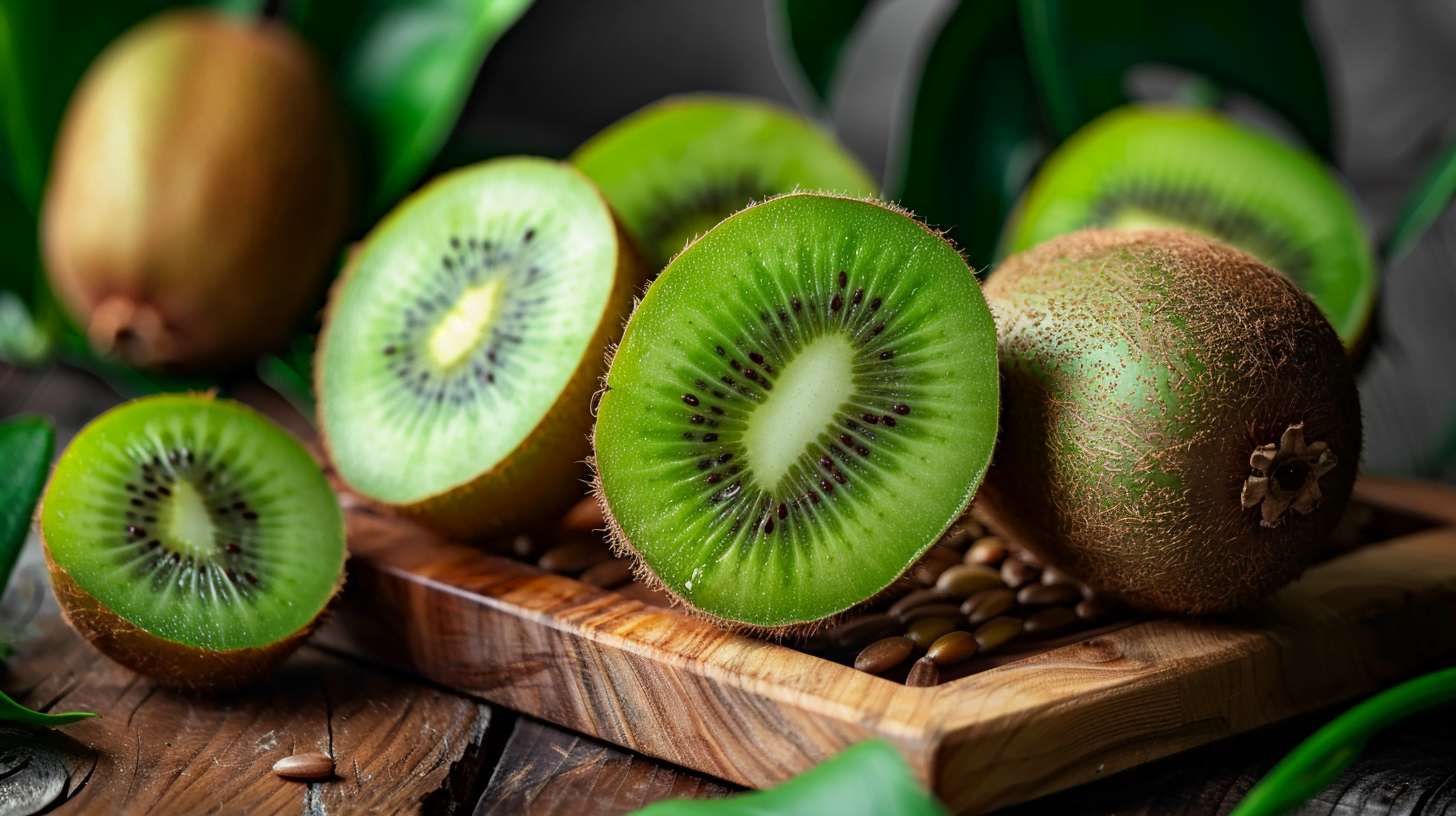Bananas are one of the most popular and consumed fruits around the world. Their sweet taste, nutritional benefits, and versatility in cooking have made them a dietary staple for many cultures. Walk into any grocery store and you’ll see countless banana options. But with global production exceeding 100 million tons per year, which country produces the most bananas?
When it comes to the top banana producers worldwide, a few countries lead the pack by a wide margin. This article will explore which nations grow the most bananas and provide an overview of the banana industry including history, growing conditions, varieties, uses, nutrition and environmental impacts. If you’re curious which country produces the most bananas, read on to learn about the global banana trade and find out which tropical countries dominate production of this beloved and nutritious fruit.
Top Banana Producing Countries
The leading banana producing nations include:
- India – India produced around 28.2 million tonnes of bananas in 2020, making it the world’s largest producer. Banana cultivation is an important part of India’s economy and food supply. Major banana growing states include Tamil Nadu, Maharashtra, Gujarat, Andhra Pradesh, Kerala and Bihar.
- China – China produced around 11.3 million tonnes of bananas in 2020. Banana production takes place mostly in southern provinces like Guangxi, Yunnan, and Hainan. China has dramatically increased banana output in recent decades through expanded cultivation.
- Philippines – The Philippines produced around 9.2 million tonnes of bananas in 2020. Banana farming is a major industry and export in the Philippines. The island of Mindanao is the center of production.
- Brazil – Brazil produced around 7 million tonnes of bananas in 2020. Bananas are grown across northern and northeastern regions like Acre, Pará, and Bahia. Brazil is also a leading exporter of bananas.
- Ecuador – Ecuador produced around 6.5 million tonnes of bananas in 2020. Ecuador is the largest banana exporter, with most shipments going to the United States and Europe. Bananas are Ecuador’s most important agricultural export.
Other major banana producers include Indonesia, Thailand, Colombia, Mexico, Tanzania, and Vietnam. Secondary producers include Cameroon, Ghana, Malaysia, and Australia. Globally, over 100 countries produce bananas, demonstrating the fruit’s worldwide appeal.
History of Banana Production
Bananas originated in the tropical regions of Southeast Asia and Northern Australia. Early cultivation began around 5000 BC in Papua New Guinea and parts of Indonesia.
- Bananas were later brought from Indonesia to Madagascar around 200-500 AD. From there, bananas spread to coastal regions of East Africa.
- Bananas came to India in around 600 BC and began to be mentioned in ancient Sanskrit and Pali texts. Alexander the Great discovered bananas in India in 327 BC, bringing awareness of them to the Western world.
- Arab traders eventually brought bananas to Africa between 650-1000 AD. Bananas were established as a staple crop along Africa’s east coast by the 1000s and along the west coast by the 1500s.
- Portuguese sailors introduced bananas to the Western Hemisphere, bringing them to the Caribbean, Brazil, and the Canary Islands in the early 1500s. Spanish conquistadors continued spreading bananas across the Americas.
- By the 1880s, bananas became a popular fruit in the United States. Railroads allowed bananas to be reliably imported from growing regions. Americans began consuming bananas in greater quantities.
- Large commercial banana plantations began appearing in the late 19th century in Latin America and the Caribbean. Companies like Chiquita and Dole built extensive operations in countries like Honduras, Guatemala, and Panama. This export focus allowed bananas to become a global commodity.
- Through colonialism, bananas were also introduced across parts of Oceania and Asia including Fiji, Hawaii, and the Philippines. Hawaii once housed the largest banana plantation in the world.
- Today, bananas are cultivated across all tropical regions thanks to global trade. India, China, and Brazil lead production for domestic consumption, while many Latin American and Asian countries focus on exports.
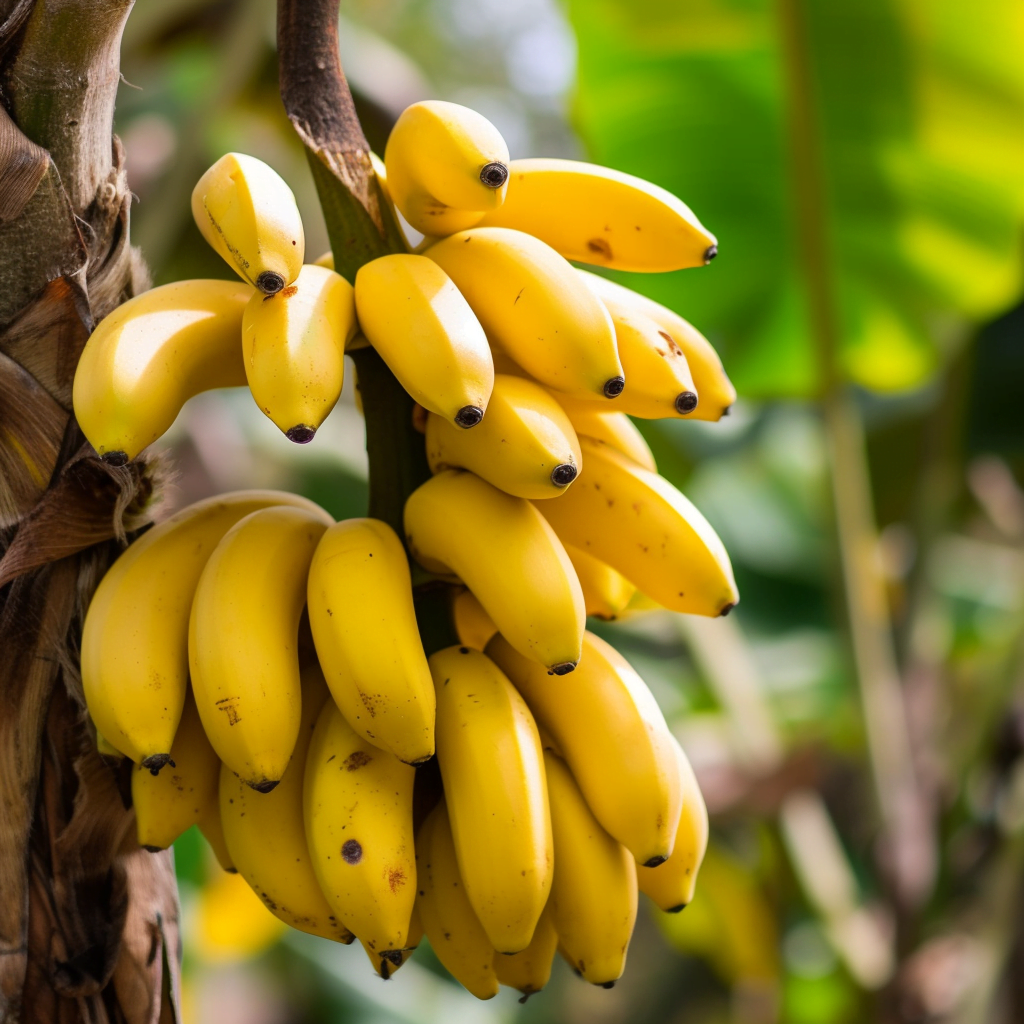
Growing Conditions for Bananas
Bananas require tropical environments to grow optimally:
- Temperature – Bananas prefer warm temperatures around 80°F on average year-round. They stop growing when temperatures drop below 50°F, and can’t withstand frost or cold winds which damage the leaves. Some varieties can tolerate more coldness and humidity.
- Rainfall – Abundant moisture is needed, about 4 to 5 feet annually. Adequate water year-round is critical, especially during fruit development. However, soaked soils can increase root diseases. Good drainage is also essential. Drip irrigation is often used.
- Soil – Deep, fertile soils with good aeration and organic matter are ideal for bananas. Loamy, alluvial soils or volcanic soils are best. Heavier clay soils don’t drain well. Soil pH between 5.5 to 7.5 is preferable.
- Sunlight – Bananas need full sun exposure with at least 6 hours of direct sunlight daily. Partial shade will reduce fruit production and quality. Shelter from winds helps retain leaves.
- Altitude – Most commercial banana growing occurs at lower elevations below 3000 feet. Higher elevations increase wind damage and slow growth. But some mountainous regions grow bananas above 9800 feet.
Regions near the equator like Southeast Asia, Central Africa, and Northern South America provide optimal banana growing conditions year-round. However, a range of tropical environments can sustain banana production during their warm seasons.
Different Varieties of Bananas
While there are over 1000 different varieties of bananas in the world, the most common types include:
- Cavendish – The classic yellow banana accounting for 50% of all bananas grown globally. Tender and sweet in taste. The main export variety.
- Plantains – More angular plaintain bananas comprise 30% of production. Used as cooking bananas due to higher starch content. Common in Africa and Latin America.
- Lady Finger – A small, sweet banana with a distinct aroma. Popular in the tropics and used for banana chips.
- Manzano – A thick, chunky cooking banana with apple-like flavor when ripe. Better suited for baking.
- Baby/Nino – A tiny, extra sweet variety often consumed as a snack for children.
- Burro – A stout, chunky banana with a mild lemon tanginess. Used for banana chips and purees.
- Red Banana – A unique banana with reddish-purple skin and sweet flavor. Its striking appearance makes it popular.
- Pisang Raja – One of the tastiest bananas, it has a rich, creamy flesh. Grown heavily in Malaysia and Indonesia.
- Ice Cream Banana – A squishy, ultra-sweet banana specifically for making banana milkshakes and ice cream.
- Praying Hands – An unusual shaped banana with fruit joined at the end. Used in coconut rice dishes and curries.
- Blue Java – A cold-tolerant, hardy banana variety with blue-gray peel. It has a creamy vanilla-like flavor.
There are also many ornamental, seeded bananas with limited edibility. And bananas come in a range of sizes from tiny fingered bananas to giant two-foot long ones!
Banana Industry and Trade
- Annual global banana production reached 114 million tonnes in 2020, up from 60 million tonnes in 2000. Bananas are the most traded and consumed tropical fruit.
- India, China, Philippines and Ecuador lead exports, mostly supplying their surrounding regions. Colombia and Guatemala are other major exporters.
- The United States imports nearly half of all bananas sold globally, with Americans eating an average of 26 pounds per person annually. The European Union, Japan, China and Canada are also large importers.
- Only around 15% of bananas are exported to global markets. The rest are consumed locally where they are grown. But some countries like Ecuador and Philippines export over two-thirds of production.
- The banana industry provides employment for millions of small farmers and workers in developing nations. But there are labor and environmental concerns around industrialized banana plantations.
- Fairtrade organizations work to ensure banana farmers receive fair wages and sustainable practices are followed. Consumers increasingly demand ethically, eco-friendly bananas.
- Diseases threaten banana crops, especially the destructive Fusarium wilt. Genetic modifications and gene editing show promise for developing disease-resistant bananas.
Uses of Bananas
Thanks to their versatility, sweetness and nutrients, bananas are used in diverse ways:
- Most bananas are consumed raw as a convenient, ready-to-eat snack and dessert. They require no preparation or utensils. Easy for on-the-go eating. Great source of energy.
- Banana chips are a popular processed snack food made by dehydrating sliced bananas. Banana chips allow shelf-stable preservation when coated in sugars. Great alternative to potato chips.
- Bananas feature heavily in baked goods including banana bread, muffins, donuts, pancakes, cookies, cakes. Ripe bananas are ideal for baking, while green bananas work for flours.
- Banana purees are used for flavor and texture in juices, baby foods, sauces, dairy products like yogurt, ice cream and smoothies.
- Unripe green bananas can be cooked as a starchy vegetable similar to plantains before ripening. They work well fried, boiled or roasted.
- Banana leaves are used as eco-friendly serving platters in Southeast Asian and Indian cuisine. They add a subtle flavor while being sanitary and biodegradable.
- Banana sap from the trunk can be used to make banana wine and vinegars. The tender core of the banana trunk also is edible when steamed or stewed.
- Banana flowers provide a vegetable that can be eaten raw or cooked. Petals and stems add flavor to salads, curries, stir fries, and soups.
- Banana peels can be consumed after proper washing and preparation. They contain high fiber and nutrients. Peels are often used in smoothies or boiled into teas.
- Banana leaves, stems and waste peels can be fed to livestock as nutritious fodder. The pseudostems provide valuable feed during dry seasons.
- Dried banana leaves are used as wrappers for steaming in South Asian and Caribbean cuisine. They impart subtle flavor while being biodegradable.
- Banana fiber from the stems and leaves is used to make textiles and handicrafts. Banana bark cloth is made into traditional garments in Uganda. The fibers also have industrial uses.
- Banana growers use the large leaves as natural wrappings to cover and protect banana bunches as they grow. The leaves shield the fruit.
- Banana peel contains beneficial antioxidants and enzymes. The peel can be used topically to treat skin conditions like acne, psoriasis, and wrinkles.
- Banana peel is added to garden compost piles since it contains high potassium and nitrogen. The peels enrich soil quality.
- Banana plants are ornamental landscape plants. Their large fronds provide tropical appeal. Fiber from the trunk is used to make decorative ropes.
- Banana cultivation provides many environmental benefits. Their large canopy offers shade and humidity. Bananas prevent soil erosion on slopes.
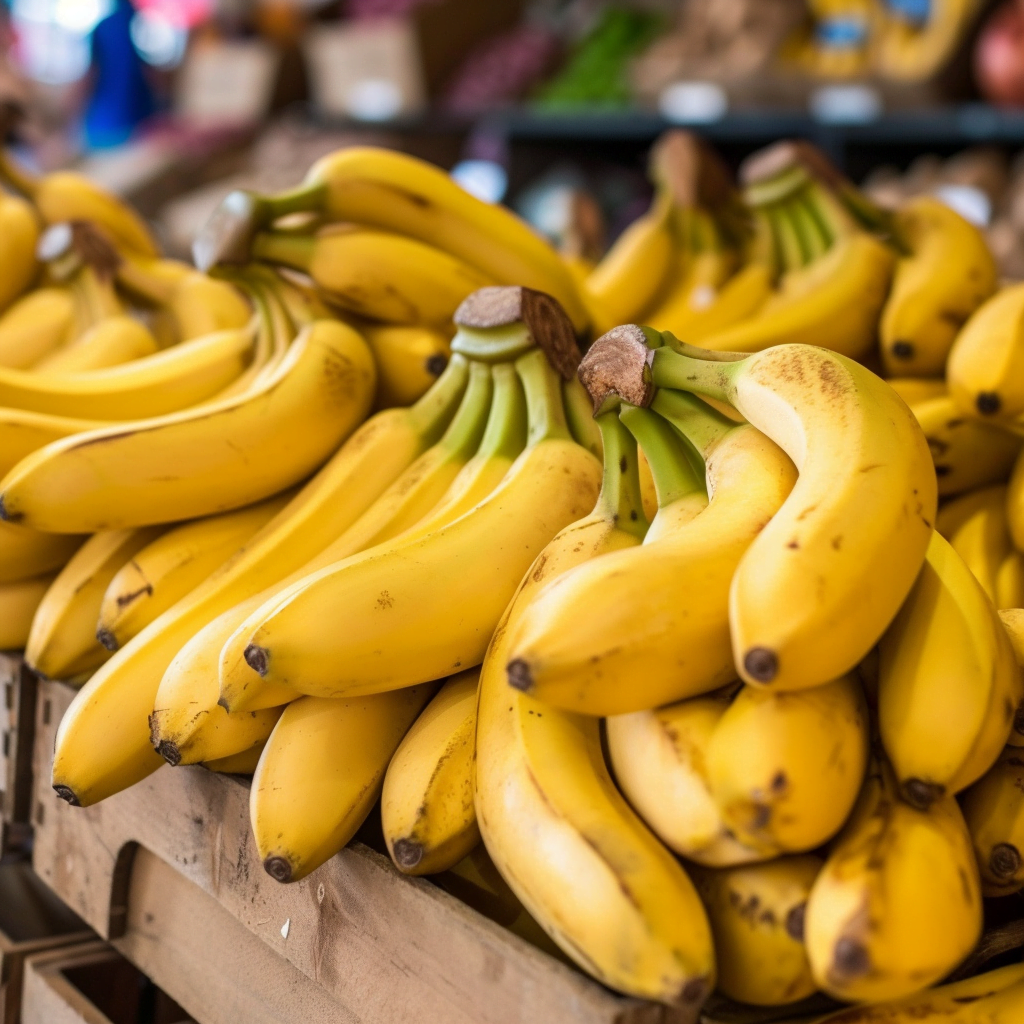
Nutritional Value
Nutritionally, bananas provide many vitamins, minerals and antioxidants:
- Potassium – Bananas are a leading source of dietary potassium. Potassium helps regulate fluids, heart rhythm, and blood pressure.
- Fiber – Bananas contain both soluble and insoluble fiber. Fiber promotes healthy digestion and gives a feeling of fullness.
- Vitamin B6 – Bananas are high in vitamin B6 which supports immune function and energy metabolism.
- Vitamin C – Fresh bananas provide vitamin C, an antioxidant which boosts immunity and skin health.
- Manganese – Bananas contain manganese which assists bone formation and metabolism.
- Antioxidants – Bananas offer antioxidant compounds like catechins, gallocatechin and dopamine. These combat cell damage from free radicals.
- Tryptophan – Bananas have the mood-boosting amino acid tryptophan which can reduce depression and anxiety.
- Electrolytes – Bananas contain essential electrolytes like magnesium and potassium that are lost through sweat.
Thanks to this stellar nutritional profile, bananas provide lasting energy, aid digestion, and promote overall health.
Environmental Impact
While bananas are popular and lucrative crops, their intensive production can create environmental issues:
- Banana plantations require clearing large tracts of tropical forests and habitats. This destroys biodiversity and ecosystems.
- Chemical fertilizers, pesticides and fungicides used heavily in banana farming can pollute groundwater, soils and adjacent areas. This harms human and ecological health.
- Banana growers require immense water resources for irrigation. Overuse depletes community water supplies. Farm runoff also erodes and degrades land over time.
- The monoculture of single banana varieties increases disease susceptibility requiring more chemical inputs. Biodiversity suffers without mixed, small-scale banana farming.
However, sustainability initiatives aim to reduce banana farming’s environmental footprint:
- Organic practices use natural mulches, compost and integrated pest management to avoid chemicals. But yields are reduced.
- Rainwater harvesting, drip irrigation, and drainage canals optimize water usage efficiency. Mulching retains moisture in soils.
- Intercropping bananas with shade trees, coffee, or vegetables promotes biodiversity and natural pest control.
- Certified fair trade bananas ensure ethical labor practices and community development funds for small farmers, though premium pricing limits consumer access.
- New tissue culture methods rapidly propagate disease-free banana plantlets while eliminating viruses. This reduces chemical needs.
- Optimizing transport routes, packaging and ripening technology lowers the carbon footprint of banana distribution systems.
Overall, sustainability in the banana industry requires holistic innovations balancing productivity, profitability, and ecological stewardship.
Conclusion
India is the world’s largest banana producer, accounting for around 25% of global output. Other leading producers include China, Philippines, Brazil and Ecuador. While bananas originated in tropical Asia, today they are farmed across the humid tropics. From raw fruit to banana chips and baked treats, bananas are beloved for their taste, nutrition and versatility. As a globally traded food staple, sustainable production of bananas remains an important challenge.
